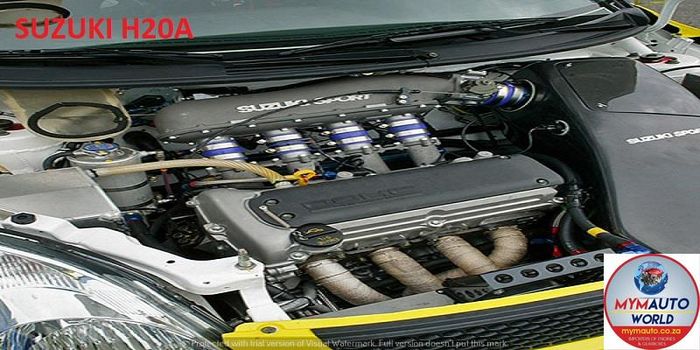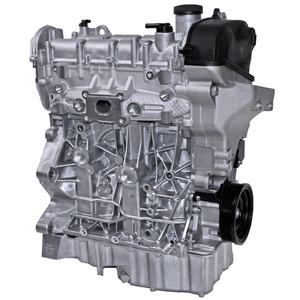Discovering the Inner Workings of a Compact Car's Engine System
As drivers, we commonly consider provided the elaborate processes that happen within the boundaries of our automobile's engine system. The compact yet complicated equipment that drives us ahead is a wonder of engineering precision and control. From the regulated explosions in the combustion chamber to the meticulous timing of fuel shot, every element plays a critical role in the smooth operation of the engine. In this expedition of a compact lorry's engine system, we will certainly untangle the inner functions of this mechanical symphony, dropping light on the mysteries that drive us forward on our everyday journeys.
Combustion Refine Summary
The burning process in a small car's engine system is an important mechanism that effectively transforms gas into power to power the vehicle. This process happens within the burning chamber of the engine, where gas and air mix, fire up, and generate controlled explosions. The combustion process consists of 4 main phases: intake, compression, power, and exhaust.
Throughout the intake stage, the piston relocates downward, drawing in a mix of air and gas into the burning chamber. The next stage, compression, involves the piston relocating upward, compressing the air-fuel combination to raise its strength. Subsequently, in the power stage, the spark plug stirs up the pressed mixture, resulting in a rapid development of gases that compels the piston pull back. This downward motion creates the power needed to drive the car. In the exhaust stage, the burnt gases are expelled from the combustion chamber via the exhaust valve, preparing the chamber for the following cycle. This cyclic combustion process is basic to the procedure of a compact car's engine system, guaranteeing efficient energy conversion for propulsion.
Piston and Cyndrical Tube Interaction

The piston's accurate fit within the cyndrical tube is important for keeping optimum compression and avoiding energy loss throughout combustion. Tight clearances in between the piston and cylinder walls ensure effective sealing, permitting the piston to relocate efficiently without allowing gases to leak past. Proper lubrication is also important to decrease friction and use between these elements, enhancing long life and efficiency.
In addition, the layout and products made use of in producing the piston and cyndrical tube effect engine performance and toughness. Modern engines usually employ light-weight yet resilient products like aluminum alloys for pistons and cylinder liners to decrease inertia and improve thermal efficiency. Overall, the unified communication between the piston and cylinder is fundamental to the engine's capability and overall efficiency.
Fuel Shot System Performance
Gas injection systems in compact vehicle engines play a vital duty in precisely providing fuel to the burning chamber for efficient and regulated ignition. The gas shot system works by injecting gas into the combustion chamber at the ideal moment throughout the engine's operation (opel corsa engine). This specific timing makes certain that the gas mixes evenly with the air for proper combustion, leading to boosted fuel efficiency and reduced exhausts
There are largely 2 types of gas shot systems used in portable car engines: port fuel shot (PFI) and straight fuel shot (DFI) PFI systems infuse gas right into the intake port prior to the intake valve, while DFI systems inject gas straight right into the burning chamber. Both systems have their benefits, with DFI offering much better fuel atomization and PFI supplying a more economical option.
Recognizing Engine Air Conditioning Systems
Effective procedure of a portable vehicle's engine depends greatly on the efficiency of its cooling devices. Engine air conditioning is essential to avoid getting too hot, which can bring about major damage and decreased performance. The cooling system in a small lorry commonly contains numerous components functioning together to manage the engine temperature. One crucial part is the radiator, which utilizes coolant to absorb heat from the engine. As the warm coolant streams with the radiator, it launches warmth right into the air, cooling down prior to going back to the engine. The water pump circulates the coolant via the engine and radiator, ensuring a consistent flow to manage temperature. Additionally, the thermostat helps control the coolant circulation to preserve optimum engine go to these guys temperature level. Some vehicles also have cooling down followers that turn on when added air conditioning is needed, such as during heavy website traffic or hot weather condition. Recognizing these engine cooling systems is vital for maintaining the performance and long life of a portable automobile's engine system.

Exhaust System Parts Explained
The optimal functioning of a compact lorry's engine air conditioning mechanisms depends upon a complementary system referred to as the exhaust system, which consists of various important elements for guaranteeing reliable exhausts and engine efficiency. The exhaust system consists of components such as the exhaust manifold, catalytic converter, muffler, and tailpipe. The exhaust manifold collects exhaust gases from the engine's paths and cylinders them to the catalytic converter. The catalytic converter after that converts unsafe pollutants in the exhaust into less harmful exhausts before releasing them via the muffler and tailpipe.
One essential part of blog here the exhaust system is the oxygen sensing unit, which monitors the oxygen levels in the exhaust gases to aid control gas consumption and ensure optimum engine performance. opel corsa engine. Furthermore, the resonator may be present in some exhaust systems to decrease noise levels. Overall, the exhaust system plays an important duty in preserving engine effectiveness, lowering damaging discharges, and making certain a quieter driving experience for small lorry proprietors

Conclusion
Finally, the small automobile's engine system is a complicated combination of elements that interact to assist in the burning process, transform fuel into energy, and get rid of waste gases. Understanding the internal operations of the engine system, including click to read more the piston and cyndrical tube interaction, gas shot system, engine air conditioning systems, and exhaust system parts, is vital for preserving optimal performance and effectiveness of the car.
The burning procedure in a compact lorry's engine system is an important mechanism that efficiently transforms gas right into power to power the lorry.Fuel injection systems in small automobile engines play a crucial role in precisely delivering gas to the combustion chamber for controlled and efficient ignition.There are primarily 2 types of fuel shot systems utilized in small lorry engines: port fuel injection (PFI) and direct fuel shot (DFI) Recognizing these engine cooling systems is vital for maintaining the efficiency and long life of a portable car's engine system.
The optimal performance of a portable car's engine air conditioning devices depends on a corresponding system understood as the exhaust system, which makes up different crucial elements for making sure reliable emissions and engine performance.